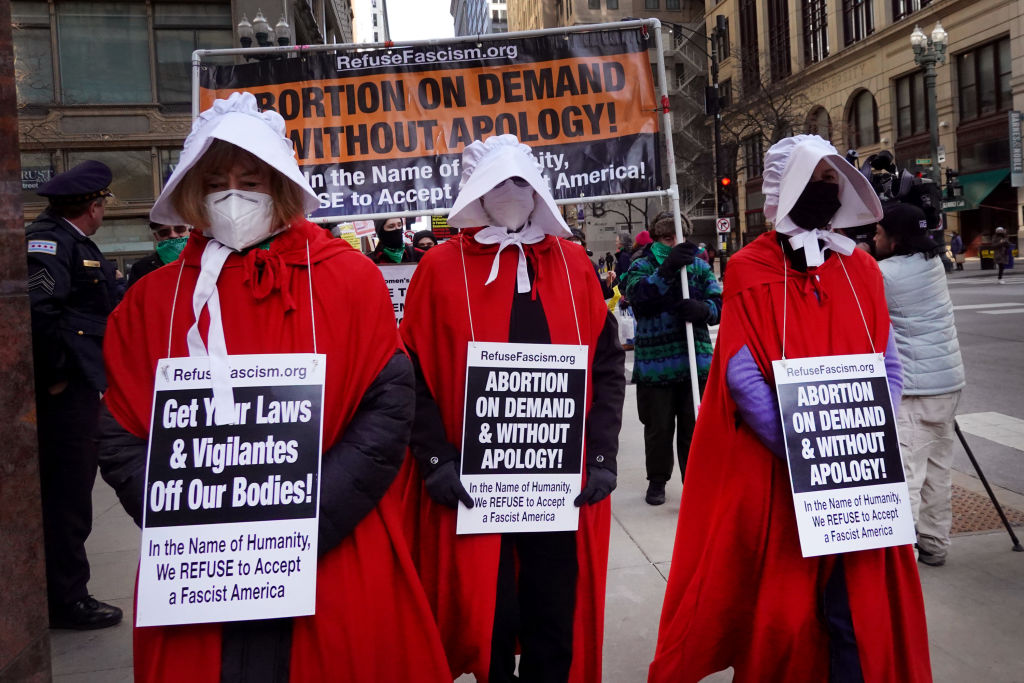
Source: Scott Olson / Getty
We just celebrated another International Women’s Day and individuals and organizations around the world rallied around the important holiday. Major companies have hosted incredible events and seminars in honor of the day, empowering future generations of women and celebrating female icons and pioneers. Thankfully, younger generations of women were born into a world where Women’s History Month and International Women’s Day existed. But in the scope of human history, each of these holidays are relatively young themselves. Each has an interesting backstory, too.
At the heart of Women’s History Month and International Women’s Day are the demands for women’s rights – a demand that will not stop until it’s met to its fullest – and a desire to recognize all of the women of the past who had to kick down doors that the rest of us now walk through freely. It took women just that bold to create the very existence of these women-centric holidays.
Black Women Need A Dedicated History Month
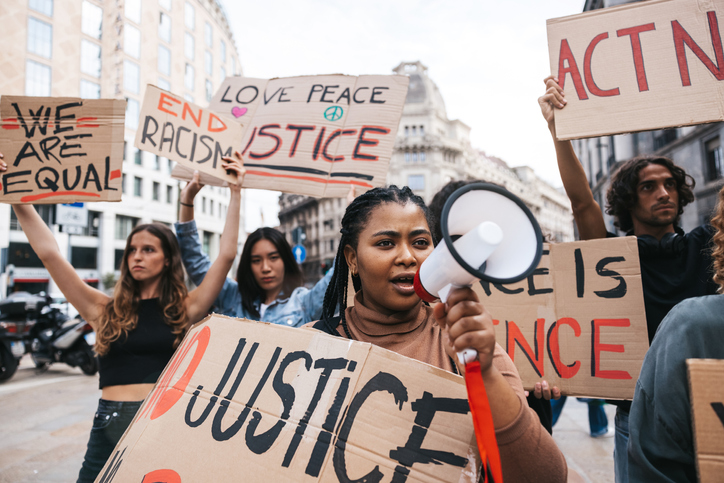
Source: LeoPatrizi / Getty
The existence of Women’s History Month and International Women’s day is undoubtedly a positive thing. However, there has long been one major flaw with both of these holidays: they assume that all women, of every race, ethnicity and background, have suffered equal discrimination and oppression over the years. That could not be further from the truth. A catch-all women’s holiday, in some ways, disregards the nuanced and diverse experiences of different groups of women — particularly women of color.
Today, many women from different demographics work for women’s rights together, but that hasn’t always been the case. Historically, Black women had to march separately from white women in suffrage parades. Even after the 19th Amendment extended voting rights to women, many states still upheld laws that kept Black voters — especially women — away from the polls. The famous Stonewall riots, which were a pivotal moment in the LGBTQ+ liberation movement, were led by a Black transgender woman named Marsha P. Johnson, whose works were not acknowledged until after her death.
Black women have always had to wait longer and fight harder for the rights afforded to white women. And that’s why, in April of 2016, Black Women’s History Month was rightfully created. The holiday was pioneered by Sha Battle, a tech consultant and entrepreneur who felt the contributions of Black women in education had been terribly under-appreciated for years. Long committed to uplifting and recognizing the strengths and contributions of Black women and other minority women, Battle received a commendation that Black Women’s History Month would be recognized by the city of Atlanta in 2016.
This is from Blackwomenshistorymonth.com: ” Black Women’s History Month is about unifying the community by promoting visibility, education, empowerment, contribution and achievement which positively impacts communities across the globe.” On their website, you can learn more about upcoming events, read about incredible Black women throughout history and read their blog.
Black Women’s History Month is a new holiday and a long overdue one. It was, however, sparked by the initial Women’s History Month and International Women’s Day, which also have their own unique stories.
It All Began With One Day
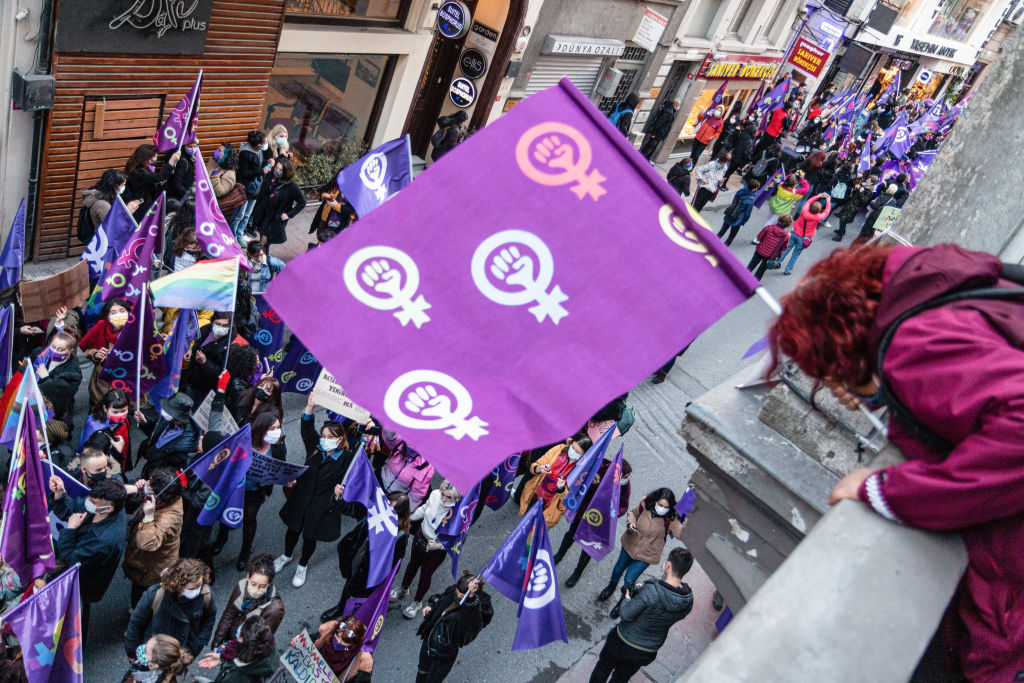
Source: SOPA Images / Getty
While women do receive a full month’s holiday now, it all started with one day. In the early 1900s, there was a tremendous deal of unrest among women regarding issues of inequality in all sectors of life. In 1908, 15,000 women marched through New York City demanding shorter workdays, higher pay and voting rights. This would eventually inspire the Socialist Party of America to declare the very first National Women’s Day in 1909. Eventually, National Women’s Day would officially fall on the final Sunday of February. The very first one was celebrated nationally in 1913.
While Americans lead the charge on the women’s holiday, women around the world were feeling the same oppression and dissatisfaction. And while Americans were enjoying the first instances of National Women’s Day in the U.S., over in Copenhagen, Denmark, a convention was happening that would lead to a global women’s holiday.
A German woman named Clara Zetkin, who was the leader of the Women’s Office for the Social Democratic Party in Germany, proposed International Women’s Day. Her suggestion was welcomed with unanimous approval from a panel of over 100 powerful and influential from around the world. It was decided that this new holiday would be held yearly and globally to press for women’s rights. The first International Women’s Day took place on March 19, 1911. The holiday would eventually be moved to March 8th.
The Call Was Heard Around The World
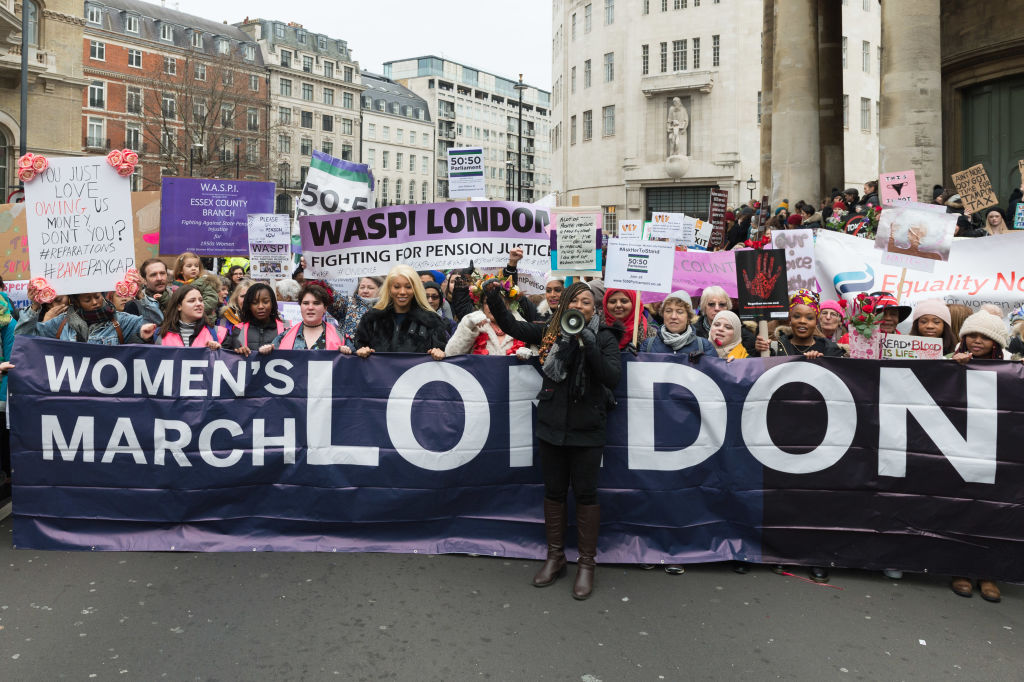
Source: Future Publishing / Getty
The proclamation of International Women’s Day ignited a fire that had been burning in women for years and soon the world saw historic marches all over the world. In London, England on March 8, 1914 there was a march from Bow to Trafalgar Square in support of women’s suffrage. In 1917, Russian women began a strike for “bread and peace” in response to the millions of Russian soldiers who died in World War I. The International holiday also prompted the start of the “Bread and Roses” campaign, which demanded better pay and more humanitarian conditions for working women.
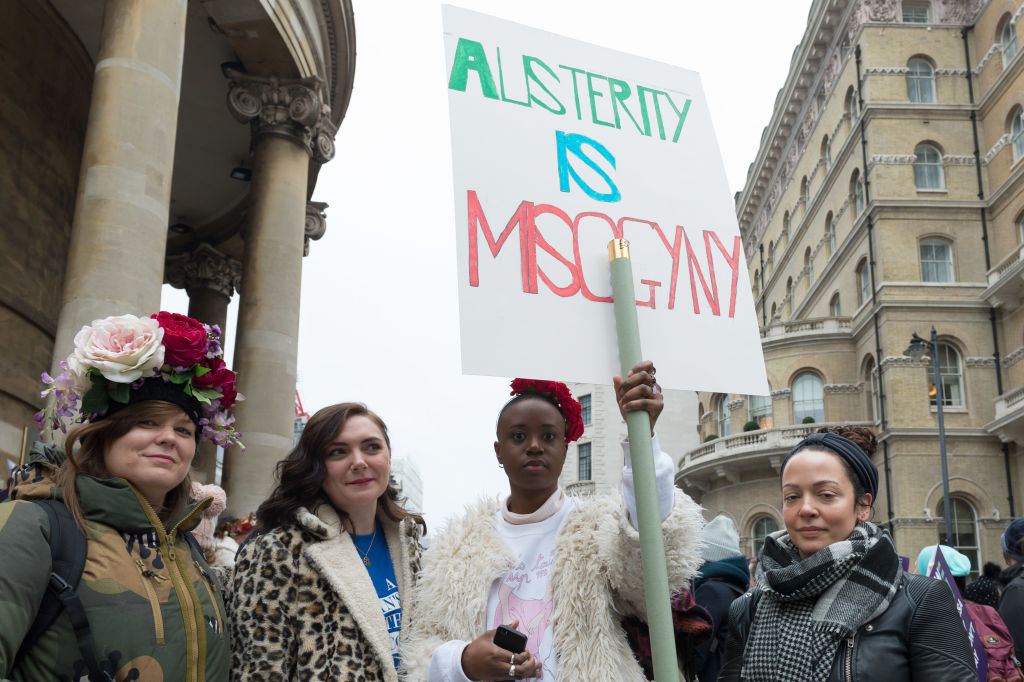
Source: Future Publishing / Getty
While countries around the world had been celebrating the holiday for some time by then, it wasn’t until 1975, that the United Nations first celebrated International Women’s Day. They also introduced the idea of giving each one a theme. Early themes included “World Free of Violence Against Women”, and “Celebrating the past, Planning for the Future.” In 2001, Internationalwomensday.com was created. Here, people can find the yearly theme, the history and achievements of incredible women, resources for celebrating the holiday and a platform on which to donate to women’s charities.
So it all started with one single day. First National Women’s Day, then International Women’s Day. But that wasn’t the end. In 1978, in Santa Rosa, California, The Education Task Force of the Sonoma County Commission on the Status of Women organized the first National Women’s History Week. It was decided it would be on the week of March 8th, to coincide with International Women’s Day.
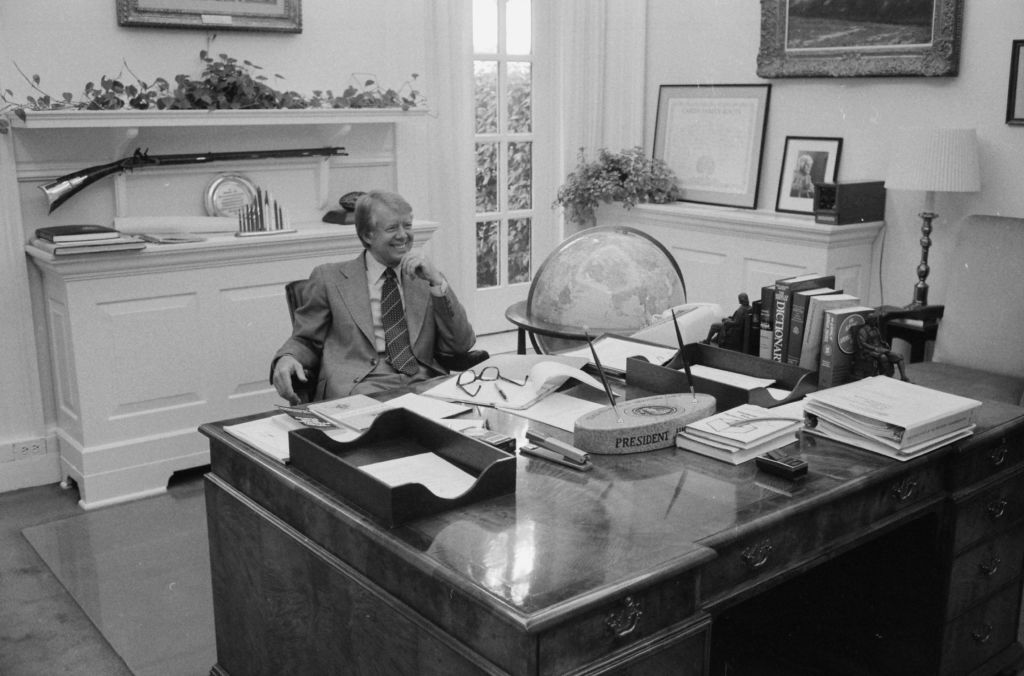
Source: HUM Images / Getty
The holiday gained popularity quickly and in 1980, the National Women’s History Project fought for national recognition of the holiday, which was approved of by President Jimmy Carter. In 1987, congress passed Public Law 100-9, which designated March as Women’s History Month. Every year since then, the President of the United States has issued a statement proclaiming March to be celebrated as Women’s History Month.









